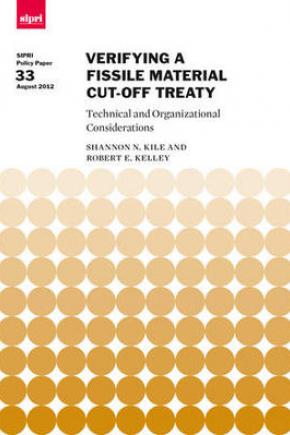Verifying a Fissile Material Cut-off Treaty: Technical and Organizational Considerations
The renewed momentum behind international efforts to negotiate a fissile material cut-off treaty (FMCT) has focused attention on how the proposed ban on the production of fissile material will be verified: what type of organization should be given this responsibility and what technical expertise will it require?
The International Atomic Energy Agency (IAEA) is often identified as the obvious choice for this role, given its long experience in implementing nuclear safeguards agreements. Many of the tools and procedures developed by the IAEA for safeguards purposes could be directly applied to verifying a future FMCT. However, without changes to its existing safeguards mandate and practices, the IAEA would be hindered in verifying treaty compliance in the nuclear weapon-possessing states. This Policy Paper proposes an alternative arrangement that, while taking advantage of the IAEA's experience and expertise, creates a verification body tailored specifically for an FMCT with the requisite legal mandate and technical capabilities.
1. Introduction
2. FMCT verification choices
3. FMCT verification tasks and tools
4. The design of an FMCT inspection system
5. The role of the IAEA in verifying an FMCT
6. A proposal for the structure and operation of an FMCT verification body
7. Conclusions
Appendix A. Categories of IAEA safeguards agreement


